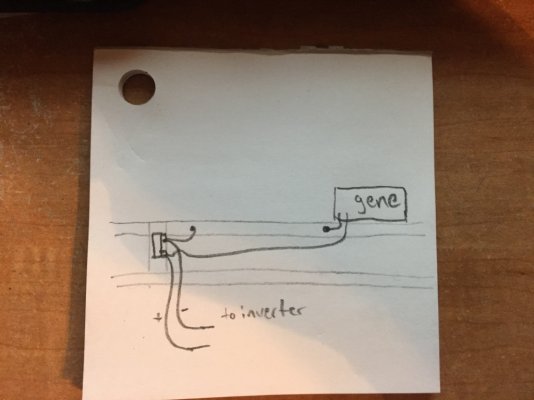Tom_M
Well-known member
- Joined
- Apr 30, 2012
- Posts
- 228
Here's a meter available on eBay that measures both forward and reverse current up to 250 amp:
http://www.ebay.com/itm/DC-5-40V-0-250A-Volt-Amp-Combo-Meter-Battery-Charge-Discharge-No-Need-Power-/171557473254?hash=item27f19f4be6:g:ei0AAOxy~hdR1aFN
Other current ranges are available.
http://www.ebay.com/itm/DC-5-40V-0-250A-Volt-Amp-Combo-Meter-Battery-Charge-Discharge-No-Need-Power-/171557473254?hash=item27f19f4be6:g:ei0AAOxy~hdR1aFN
Other current ranges are available.

